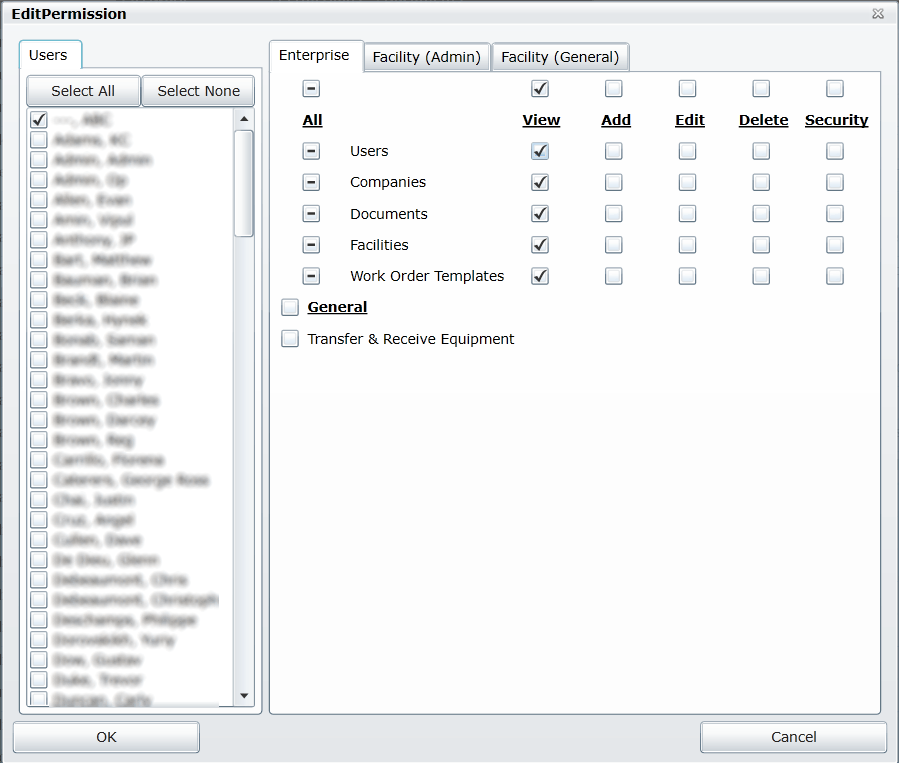This is a guest contribution from Margeaux Girardin, Marketing Coordinator at Hippo CMMS. Margeaux has a solid marketing background in a variety of industries. She often contributes content relating to content marketing, digital advertising, and tech within the web-based software world.
When you’re comparing CMMS (computerized maintenance management systems), there’s almost always a trade-off between user-friendly and robust.
User-friendliness usually means simple design, a clean interface, and intuitive navigation, while “robust” generally refers to a collection of all CMMS features, even the more advanced. An organization may be hard-pressed to find a system that provides a wealth of CMMS features and is still easy to use.
Many facility and plant managers overlook this balancing act when implementing a new CMMS. Huge mistake. Analysts suggest that anywhere from 40 to 80 percent of CMMS implementations fail in the first year. In many cases, failure can be traced to a disconnect between upper management (tend to impose heavy requirements that complicate a CMMS) and the end-user (who focuses on usability).
Then again, a recent survey of maintenance managers found that 74 percent consider user-friendliness extremely important.
It’s important that managers find a way to appease all types of users, balancing feature-rich software with a keen focus on intuitive design and simple navigation. Here are four tips to help you strike the balance:
Consider the User Experience
Since they wield the most decision-making power, upper management often often prioritizes their own requirements. Powerful reporting tools and integration capabilities can easily impress management, but the end-user might only need to create electronic work orders for simple tracking purposes. When you’re researching maintenance software you need to decide who the primary users will be and prioritize functionality accordingly.
Pay attention to different user groups who have varying technical skill levels. At HippoCMMS, we often find that members of the maintenance department are Baby Boomers or Gen X-ers — two demographics where technology uptake is typically slower. These are important challenges for facility and plant managers to both understand and combat.
A/B testing gives us examples of how de-cluttering an interface and providing simpler action buttons can increase conversion rates and improve the overall user experience. One split test comparing two differing site structures showed that having a single navigation menu increased task completion rate by 7 percent, compared with a two-menu layout. Numerous examples of these tests often point to increased success rates on interfaces that de-clutter and simplify.
Weigh Required vs Desired CMMS features
Before you call any vendors or sign up for demos, you need to determine which features you need and which are optional.
I suggest assembling a team of three to five people to make recommendations. This team should include people with different job roles and varying perspectives on maintenance management.
Required features: features that the software must include and are non-negotiable
Desired features: features that would be nice to have, but can be left behind if they escalate price or over-complicate the user-experience
If creating preventive maintenance reports for 30 pieces of equipment is your primary objective, you probably don’t need a CMMS loaded down with modules for fleet management, water treatment, and project management. These modules would not only complicate the user experience, but would also increase your licensing fee and belabor the implementation process.
Consider Your Budget
Although every organization is different, decision-makers will think twice about advanced CMMS features when they see the associated price tag. Features like predictive maintenance, single sign-on, and extensive third-party integration can increase your total license fee anywhere from 65 percent to 187 percent, on average.1
The more robust the software, the higher the price tag. There’s a lot of R&D behind advanced CCMS features, and software vendors usually pass these costs down to the buyer. Work with your CFO and accountant to decide what monthly fees and operational expenses your company can afford and how that dictates system complexity.
Set Up User Permissions
User permission settings control which users can perform specific functions and access particular data sets. These controls can be turned on and off, granting permission types to some users and not others — an easy way to de-clutter an interface without sacrificing features for all users.
If your maintenance technician is not responsible for administrative functions (i.e. adding users, facilities, and equipment), why clutter up their interface with those buttons and pages? According to a Columbia/Stanford study on the social psychology of choice, an over-abundance of options can make a person less likely to choose.
Improve user experience by enabling (or not enabling) specific permissions for each each user based on their role. In most cases, vendor support can setup user permissions or software admins how to do it themselves.
* * *
Striking a balance between user-friendly and robust is no easy task. Maintenance managers need to consider their software budget, required vs desired features, and end-user skill levels. With these four tips in mind, we hope you can find the right CMMS software for your business — one that provides a seamless user experience and useful maintenance solutions for a variety of job roles.
__
1. Hippo CMMS, “Internal Competitor Analysis”. 5 Jan 2016.
Cover image: creative commons licensed Flickr photo by Bob M~


